Matthew Cook
Learning with SASQuaTCh: a Novel Variational Quantum Transformer Architecture with Kernel-Based Self-Attention
Mar 21, 2024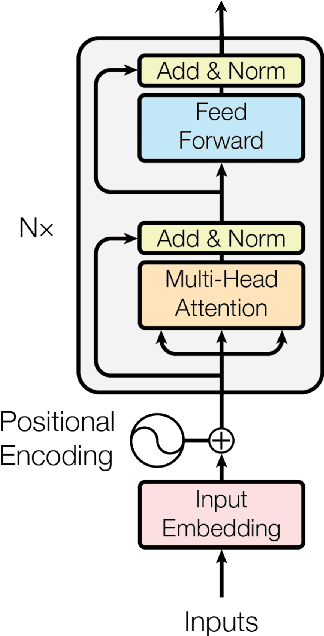
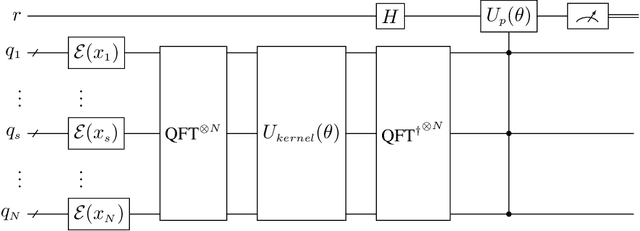


Abstract:The widely popular transformer network popularized by the generative pre-trained transformer (GPT) has a large field of applicability, including predicting text and images, classification, and even predicting solutions to the dynamics of physical systems. In the latter context, the continuous analog of the self-attention mechanism at the heart of transformer networks has been applied to learning the solutions of partial differential equations and reveals a convolution kernel nature that can be exploited by the Fourier transform. It is well known that many quantum algorithms that have provably demonstrated a speedup over classical algorithms utilize the quantum Fourier transform. In this work, we explore quantum circuits that can efficiently express a self-attention mechanism through the perspective of kernel-based operator learning. In this perspective, we are able to represent deep layers of a vision transformer network using simple gate operations and a set of multi-dimensional quantum Fourier transforms. We analyze the computational and parameter complexity of our novel variational quantum circuit, which we call Self-Attention Sequential Quantum Transformer Channel (SASQuaTCh), and demonstrate its utility on simplified classification problems.
Distribution Re-weighting and Voting Paradoxes
Nov 12, 2023Abstract:We explore a specific type of distribution shift called domain expertise, in which training is limited to a subset of all possible labels. This setting is common among specialized human experts, or specific focused studies. We show how the standard approach to distribution shift, which involves re-weighting data, can result in paradoxical disagreements among differing domain expertise. We also demonstrate how standard adjustments for causal inference lead to the same paradox. We prove that the characteristics of these paradoxes exactly mimic another set of paradoxes which arise among sets of voter preferences.
kNN-Res: Residual Neural Network with kNN-Graph coherence for point cloud registration
Mar 31, 2023
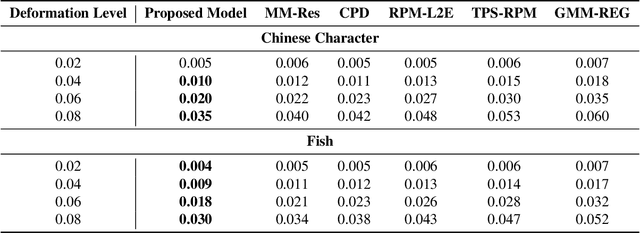


Abstract:In this paper, we present a residual neural network-based method for point set registration. Given a target and a reference point cloud, the goal is to learn a minimal transformation that aligns the target to the reference under the constraint that the topological structure of the target point cloud is preserved. Similar to coherent point drift (CPD), the registration (alignment) problem is viewed as the movement of data points sampled from a target distribution along a regularized displacement vector field. While the coherence constraint in CPD is stated in terms of local motion coherence, the proposed regularization term relies on a global smoothness constraint as a proxy for preserving local topology. This makes CPD less flexible when the deformation is locally rigid but globally non-rigid as in the case of multiple objects and articulate pose registration. To mitigate these issues, a Jacobian-based cost function along with geometric-aware statistical distances is proposed. The latter allows for measuring misalignment between the target and the reference. The justification for the kNN-graph preservation of target data, when the Jacobian cost is used, is also provided. Further, a stochastic approximation for high dimensional registration is introduced to make a high-dimensional alignment feasible. The proposed method is tested on high-dimensional Flow Cytometry to align two data distributions whilst preserving the kNN-graph of the data. The implementation of the proposed approach is available at https://github.com/MuhammadSaeedBatikh/kNN-Res_Demo/ under the MIT license.
k-Means Maximum Entropy Exploration
Jun 08, 2022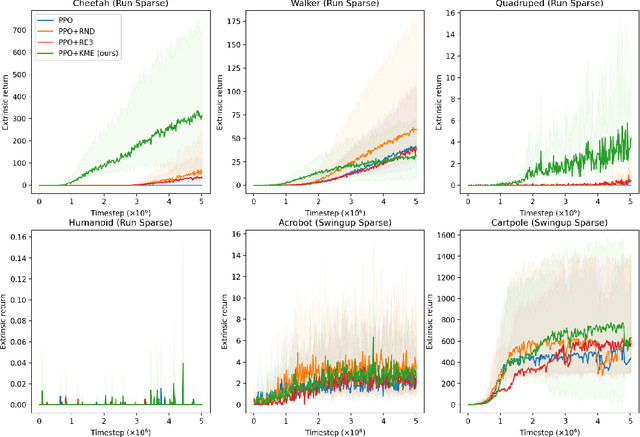

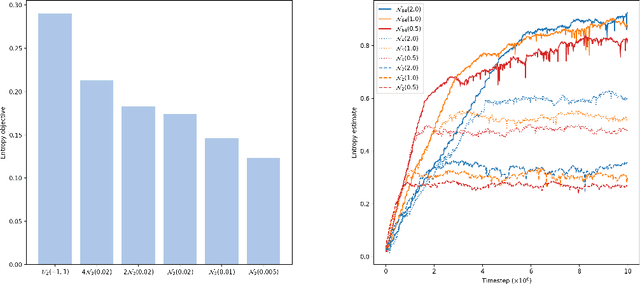

Abstract:Exploration in high-dimensional, continuous spaces with sparse rewards is an open problem in reinforcement learning. Artificial curiosity algorithms address this by creating rewards that lead to exploration. Given a reinforcement learning algorithm capable of maximizing rewards, the problem reduces to finding an optimization objective consistent with exploration. Maximum entropy exploration uses the entropy of the state visitation distribution as such an objective. However, efficiently estimating the entropy of the state visitation distribution is challenging in high-dimensional, continuous spaces. We introduce an artificial curiosity algorithm based on lower bounding an approximation to the entropy of the state visitation distribution. The bound relies on a result we prove for non-parametric density estimation in arbitrary dimensions using k-means. We show that our approach is both computationally efficient and competitive on benchmarks for exploration in high-dimensional, continuous spaces, especially on tasks where reinforcement learning algorithms are unable to find rewards.
Microtubule Tracking in Electron Microscopy Volumes
Sep 17, 2020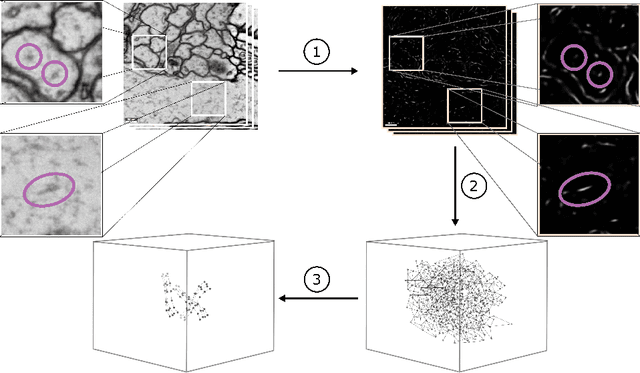

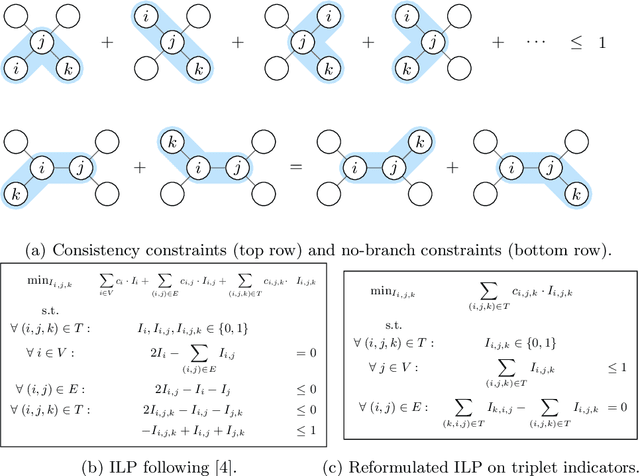
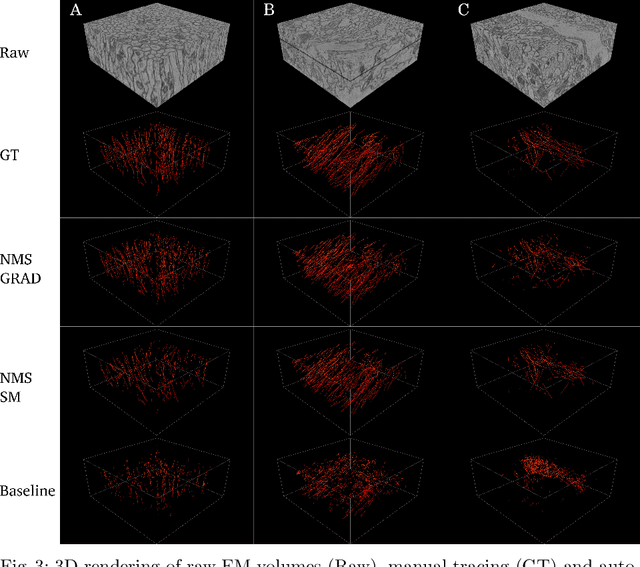
Abstract:We present a method for microtubule tracking in electron microscopy volumes. Our method first identifies a sparse set of voxels that likely belong to microtubules. Similar to prior work, we then enumerate potential edges between these voxels, which we represent in a candidate graph. Tracks of microtubules are found by selecting nodes and edges in the candidate graph by solving a constrained optimization problem incorporating biological priors on microtubule structure. For this, we present a novel integer linear programming formulation, which results in speed-ups of three orders of magnitude and an increase of 53% in accuracy compared to prior art (evaluated on three 1.2 x 4 x 4$\mu$m volumes of Drosophila neural tissue). We also propose a scheme to solve the optimization problem in a block-wise fashion, which allows distributed tracking and is necessary to process very large electron microscopy volumes. Finally, we release a benchmark dataset for microtubule tracking, here used for training, testing and validation, consisting of eight 30 x 1000 x 1000 voxel blocks (1.2 x 4 x 4$\mu$m) of densely annotated microtubules in the CREMI data set (https://github.com/nilsec/micron).
Outlier Detection through Null Space Analysis of Neural Networks
Jul 02, 2020
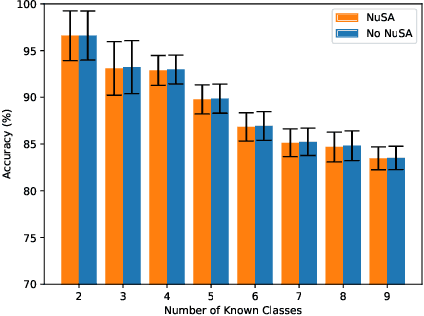
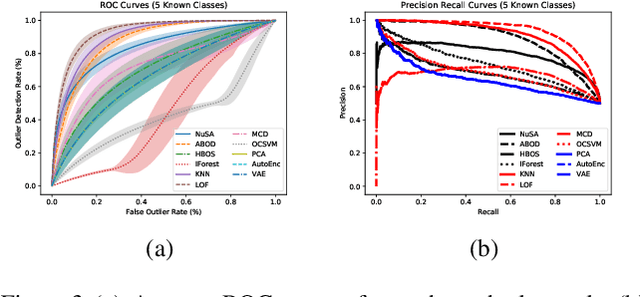
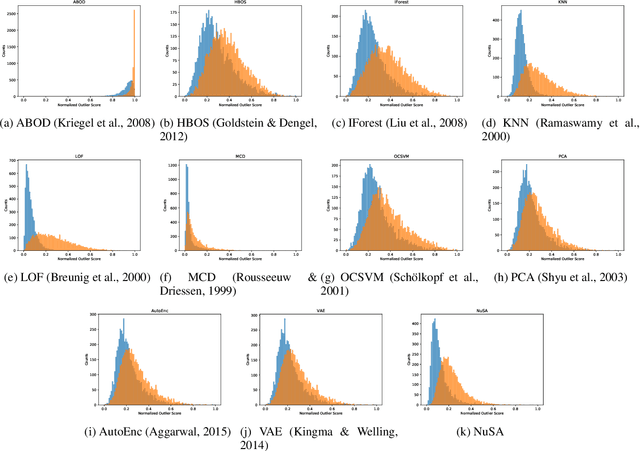
Abstract:Many machine learning classification systems lack competency awareness. Specifically, many systems lack the ability to identify when outliers (e.g., samples that are distinct from and not represented in the training data distribution) are being presented to the system. The ability to detect outliers is of practical significance since it can help the system behave in an reasonable way when encountering unexpected data. In prior work, outlier detection is commonly carried out in a processing pipeline that is distinct from the classification model. Thus, for a complete system that incorporates outlier detection and classification, two models must be trained, increasing the overall complexity of the approach. In this paper we use the concept of the null space to integrate an outlier detection method directly into a neural network used for classification. Our method, called Null Space Analysis (NuSA) of neural networks, works by computing and controlling the magnitude of the null space projection as data is passed through a network. Using these projections, we can then calculate a score that can differentiate between normal and abnormal data. Results are shown that indicate networks trained with NuSA retain their classification performance while also being able to detect outliers at rates similar to commonly used outlier detection algorithms.
Estimation of Z-Thickness and XY-Anisotropy of Electron Microscopy Images using Gaussian Processes
Feb 04, 2020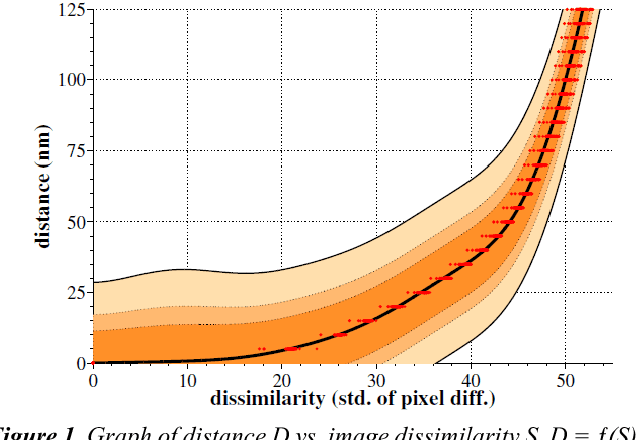
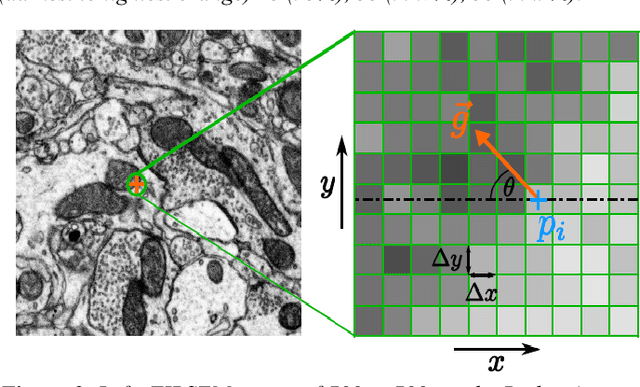
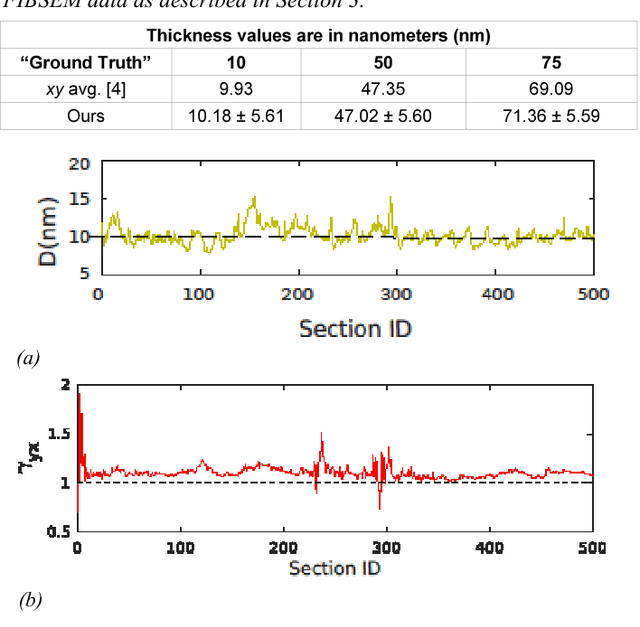
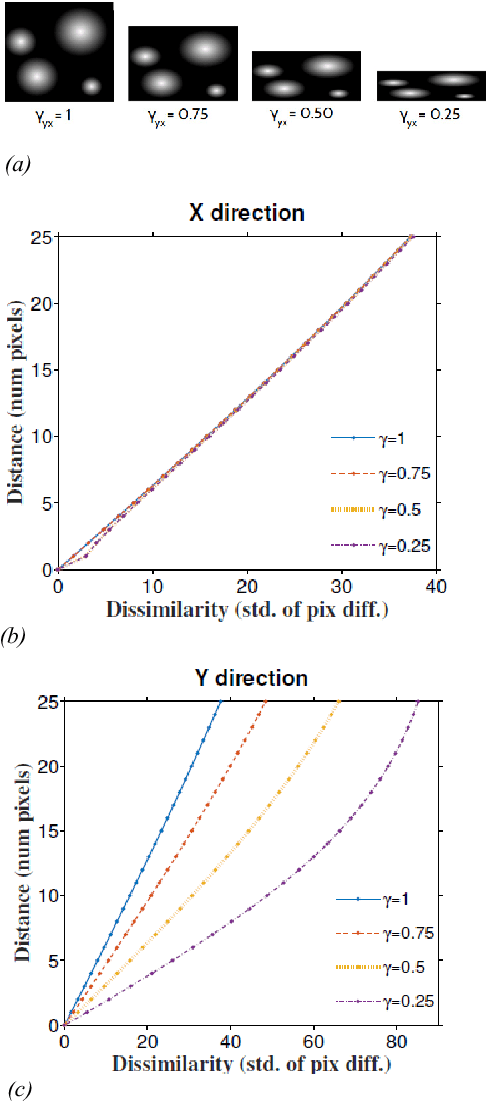
Abstract:Serial section electron microscopy (ssEM) is a widely used technique for obtaining volumetric information of biological tissues at nanometer scale. However, accurate 3D reconstructions of identified cellular structures and volumetric quantifications require precise estimates of section thickness and anisotropy (or stretching) along the XY imaging plane. In fact, many image processing algorithms simply assume isotropy within the imaging plane. To ameliorate this problem, we present a method for estimating thickness and stretching of electron microscopy sections using non-parametric Bayesian regression of image statistics. We verify our thickness and stretching estimates using direct measurements obtained by atomic force microscopy (AFM) and show that our method has a lower estimation error compared to a recent indirect thickness estimation method as well as a relative Z coordinate estimation method. Furthermore, we have made the first dataset of ssSEM images with directly measured section thickness values publicly available for the evaluation of indirect thickness estimation methods.
Efficient 2D neuron boundary segmentation with local topological constraints
Feb 03, 2020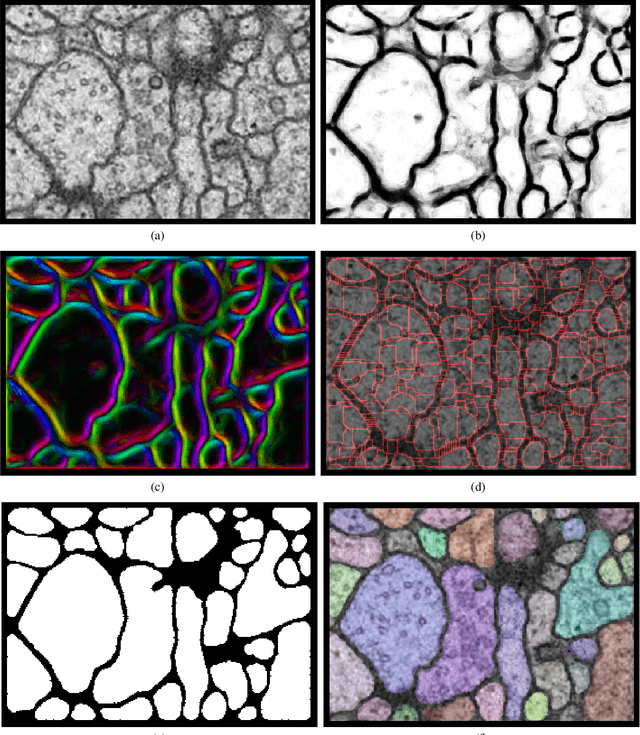
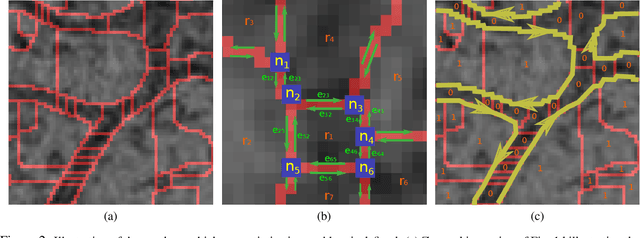
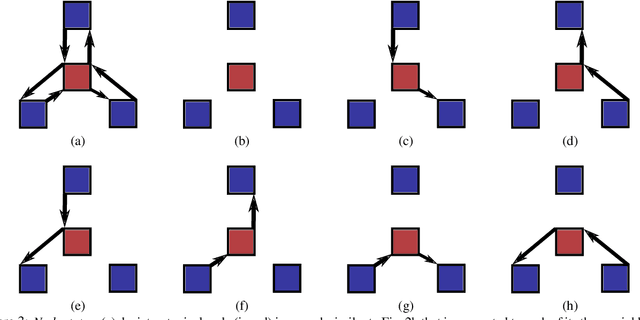
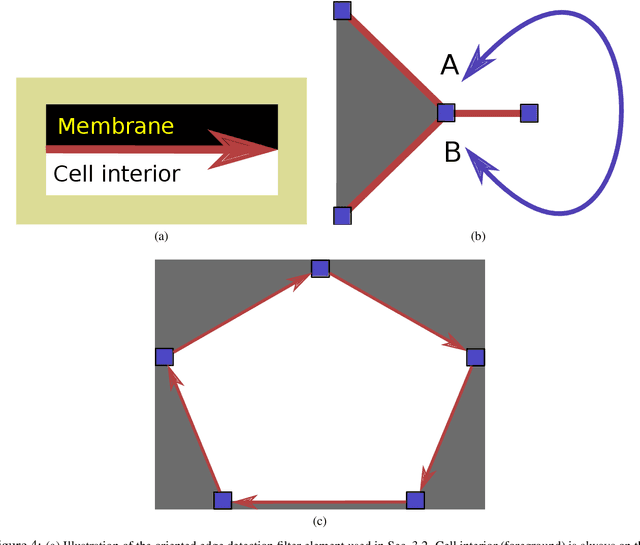
Abstract:We present a method for segmenting neuron membranes in 2D electron microscopy imagery. This segmentation task has been a bottleneck to reconstruction efforts of the brain's synaptic circuits. One common problem is the misclassification of blurry membrane fragments as cell interior, which leads to merging of two adjacent neuron sections into one via the blurry membrane region. Human annotators can easily avoid such errors by implicitly performing gap completion, taking into account the continuity of membranes. Drawing inspiration from these human strategies, we formulate the segmentation task as an edge labeling problem on a graph with local topological constraints. We derive an integer linear program (ILP) that enforces membrane continuity, i.e. the absence of gaps. The cost function of the ILP is the pixel-wise deviation of the segmentation from a priori membrane probabilities derived from the data. Based on membrane probability maps obtained using random forest classifiers and convolutional neural networks, our method improves the neuron boundary segmentation accuracy compared to a variety of standard segmentation approaches. Our method successfully performs gap completion and leads to fewer topological errors. The method could potentially also be incorporated into other image segmentation pipelines with known topological constraints.
FireNet: Real-time Segmentation of Fire Perimeter from Aerial Video
Oct 14, 2019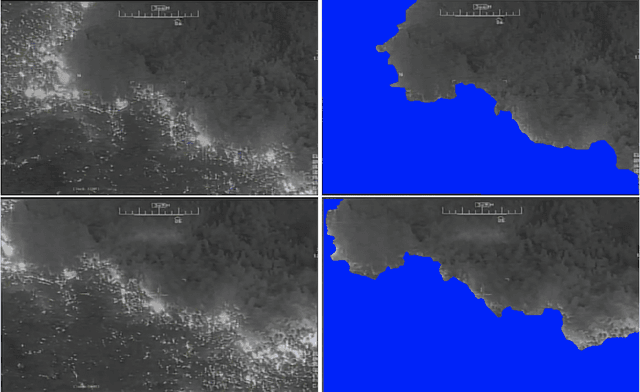

Abstract:In this paper, we share our approach to real-time segmentation of fire perimeter from aerial full-motion infrared video. We start by describing the problem from a humanitarian aid and disaster response perspective. Specifically, we explain the importance of the problem, how it is currently resolved, and how our machine learning approach improves it. To test our models we annotate a large-scale dataset of 400,000 frames with guidance from domain experts. Finally, we share our approach currently deployed in production with inference speed of 20 frames per second and an accuracy of 92 (F1 Score).
Comparison of Possibilistic Fuzzy Local Information C-Means and Possibilistic K-Nearest Neighbors for Synthetic Aperture Sonar Image Segmentation
Apr 01, 2019Abstract:Synthetic aperture sonar (SAS) imagery can generate high resolution images of the seafloor. Thus, segmentation algorithms can be used to partition the images into different seafloor environments. In this paper, we compare two possibilistic segmentation approaches. Possibilistic approaches allow for the ability to detect novel or outlier environments as well as well known classes. The Possibilistic Fuzzy Local Information C-Means (PFLICM) algorithm has been previously applied to segment SAS imagery. Additionally, the Possibilistic K-Nearest Neighbors (PKNN) algorithm has been used in other domains such as landmine detection and hyperspectral imagery. In this paper, we compare the segmentation performance of a semi-supervised approach using PFLICM and a supervised method using Possibilistic K-NN. We include final segmentation results on multiple SAS images and a quantitative assessment of each algorithm.
 Add to Chrome
Add to Chrome Add to Firefox
Add to Firefox Add to Edge
Add to Edge